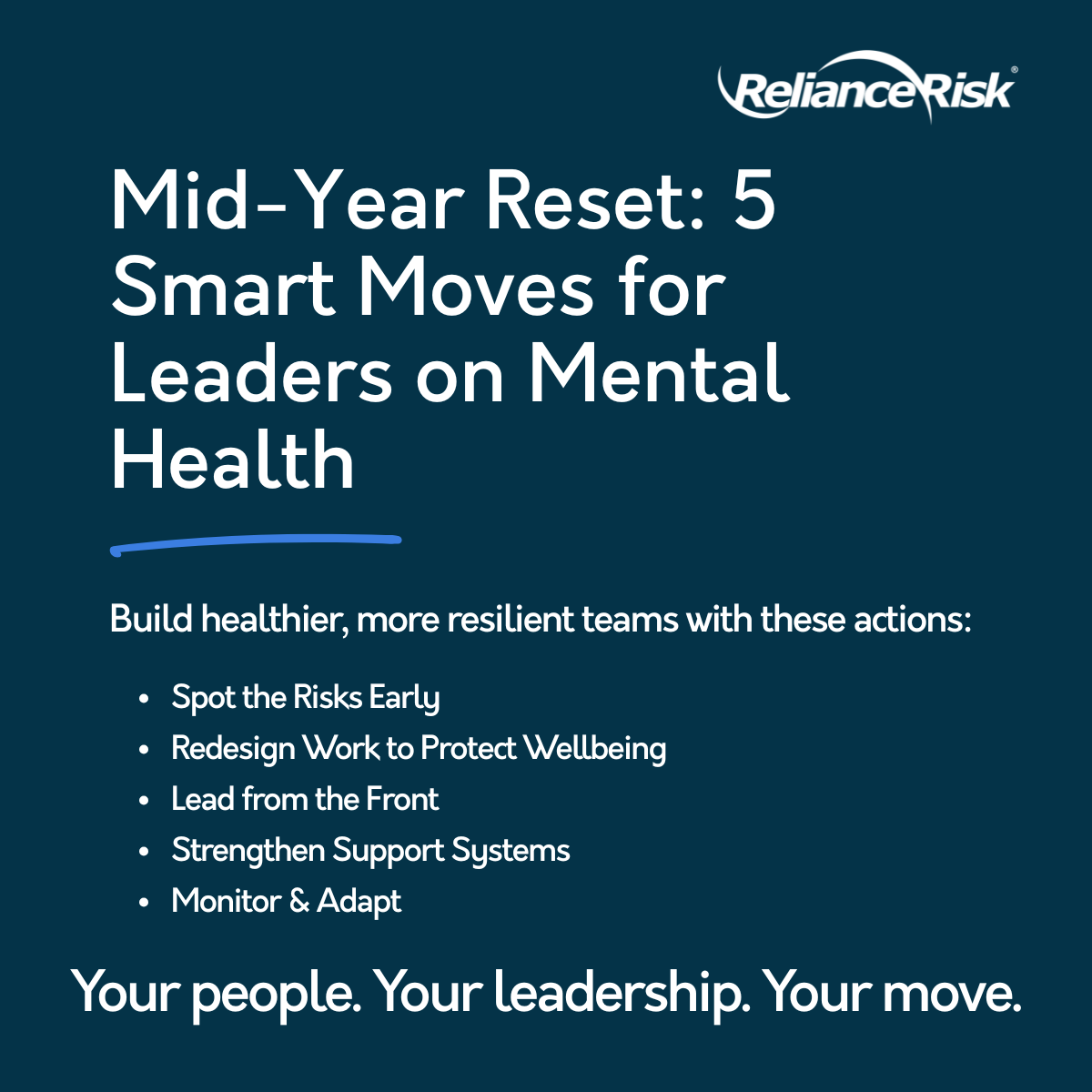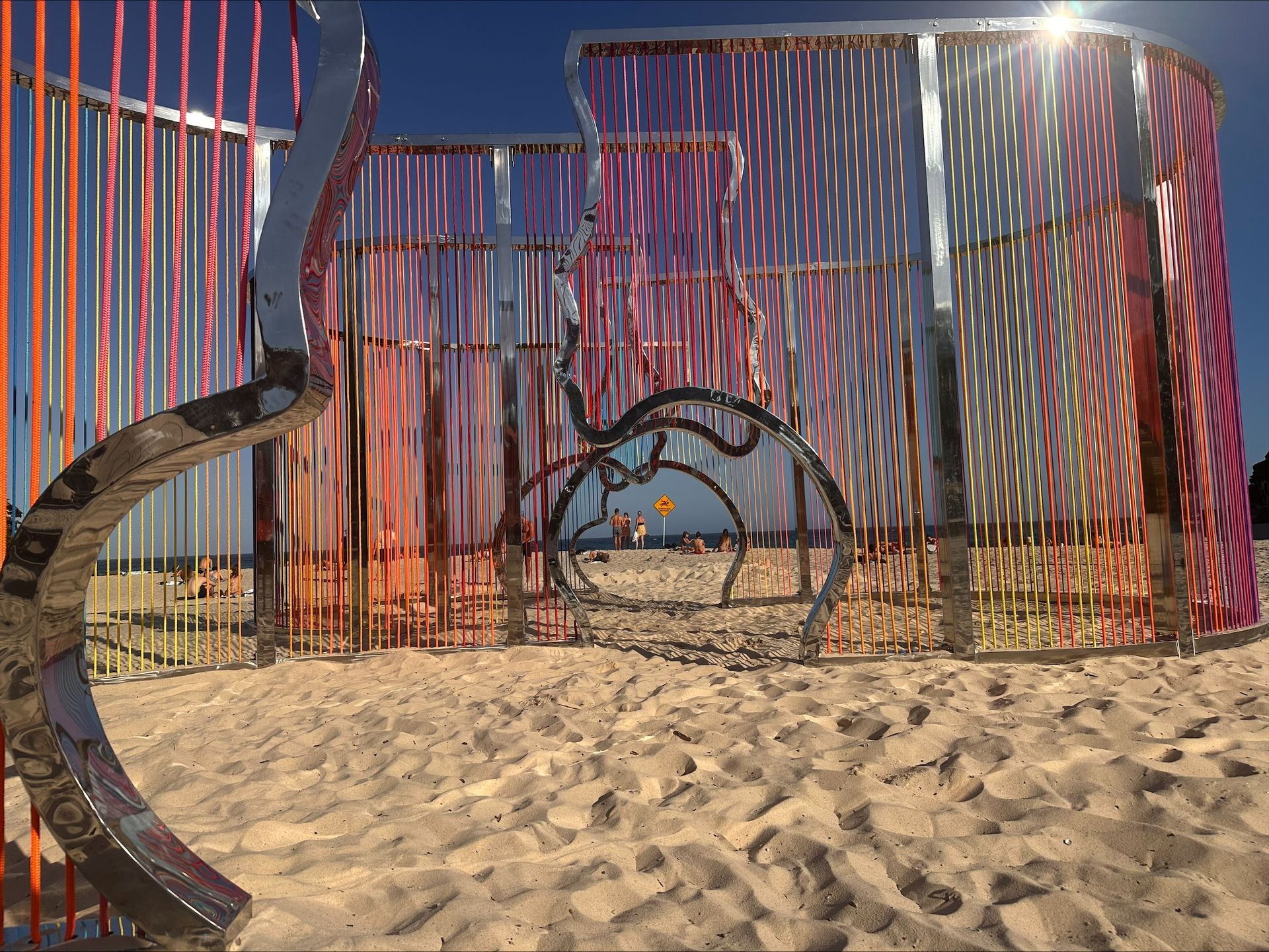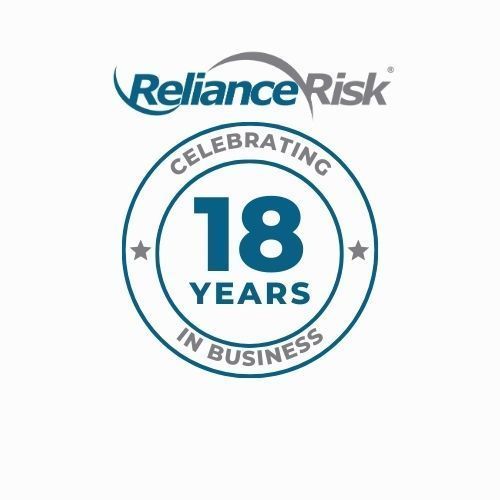Mid-Winter Reset: Why Now Is the Moment to Lead on Mental Health at Work
It’s winter. The days are short. Energy’s even shorter.
Right now, in workplaces across New Zealand & Australia, stress is simmering below the surface. Your people are stretched covering sick leave, teams are battling low morale, and leaders are heads down either recovering from a busy summer or gearing up for their own peak season.
Whether your business is regrouping after months of intense delivery, or you’re in the thick of winter operations, this is the time to lean in and tackle mental health at work. Why? Because leaving it until your people are burning out in spring – or mid-peak – is too late.
Both WorkSafe New Zealand and Safe Work Australia’s latest guidelines don’t mince words: as a business owner or leader, it’s your job to identify and manage psychosocial risks – just like any other safety hazard. This isn’t just compliance. It’s a business-critical move that protects your people and your bottom line.
Mental health issues already cost businesses billions of dollars annually in absenteeism and lost productivity. In operational industries like tourism, events and venues, where teams are often public-facing and working long, irregular hours, the risks are even higher.
The question isn’t whether you can afford to act – it’s whether you can afford not to.
Why winter is the perfect time for action
· A natural pause point – For many businesses, July is planning season. Budgets are being set, priorities agreed. For others, it’s the operational heart of winter. Whether you’re debriefing from last season or in full delivery mode, now is the moment to bake mental wellbeing into your operational and safety plans.
· Catching issues early – Winter brings long hours, stretched rosters, and burnout risks, especially for frontline and casual teams. Addressing psychosocial risks now helps stop issues compounding into spring turnover or next season’s staffing headaches.
· Get ahead of Mental Health Awareness Week (September in NZ and October in Australia) – Instead of scrambling later, start building a culture now where wellbeing is part of “how we do things around here.”
Five winter moves smart leaders are making
1. Spot the risks hiding in plain sight
Winter often amplifies hidden stressors like heavy workloads, poor communication, and lack of flexibility. Smart leaders get proactive.
· Walk the floor or check in onsite with teams about what’s helping or harming their mental health.
· Run a quick pulse survey to check morale and workload pressure.
· Review incident reports, complaints, and sick leave data for early warning signs.
2. Redesign work to protect wellbeing
Your work systems either protect your people or drain them. Even small shifts can ease the load during peak delivery or post-season fatigue.
· Reschedule non-critical deadlines and redistribute high-stress tasks.
· Offer flexible start/finish times to help balance work and life.
· Acknowledge and reward effort publicly, no matter how small.
3. Lead from the front
Culture starts with you. Your actions set the tone for how seriously mental health is taken.
· Open a conversation at your next team meeting about wellbeing – make it safe for staff to speak up.
· Equip managers and supervisors to spot early signs of burnout or fatigue.
· Challenge one outdated practice (e.g. rewarding “pushing through” long shifts) and set a better example.
Your job isn’t to be a therapist. It’s to create the environment where your people can thrive.
4. Support doesn’t stop at a hotline
An EAP isn’t enough on its own. Layer in support that’s visible and accessible.
· Promote your EAP, clearly explaining how and why staff should use it.
· Set up a buddy system so peers can check in on each other.
· Review your return-to-work process for staff recovering from mental health issues.
5. Monitor and adapt
Like any safety control, wellbeing measures need checking and tweaking.
· Check absenteeism and turnover data for seasonal trends or hotspots.
· Ask teams for feedback on recent changes – what’s working, what’s not?
· Adjust one key process now, rather than waiting for spring or the next busy period.
And if you’re not sure where to start, don’t hesitate to bring in external expertise. A fresh perspective can help identify risks you might not see and provide practical steps tailored to your business.
Your winter toolkit for action
· WorkSafe New Zealand’s April 2025 Guidelines – A practical blueprint for managing psychosocial risks. (Managing psychosocial risks at work | WorkSafe)
· Safe Work Australia’s Model Code of Practice: Managing psychosocial hazards at work - practical guidance to PCBUs on how to manage psychosocial hazards at work. (Model Code of Practice: Managing psychosocial hazards at work | Safe Work Australia)
· Five Ways to Wellbeing (New Zealand) – A simple, evidence-backed framework to build resilience. (Five Ways to Wellbeing | Mental Health Foundation)
· Beyond Blue (Australia) - Building a mentally heathy workplace ( Work and mental health - Beyond Blue)
· Engagement Platforms (Culture Amp, AskYourTeam, Wellbeingsolutions) – For tracking wellbeing trends.
· Specialist advisors – If tackling psychosocial risks feels overwhelming, seek support from professionals experienced in building healthy, resilient workplaces.
The bottom line: winter is your window
Strong leaders don’t wait for cracks to show – they act now. Tackling mental health this winter builds stronger teams, safer guest experiences, and a more resilient business for the year ahead.
This winter, step up. And if you’re unsure where to start, ask for help. Your people – and your business – depend on it.

You may also like to read...








